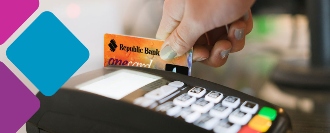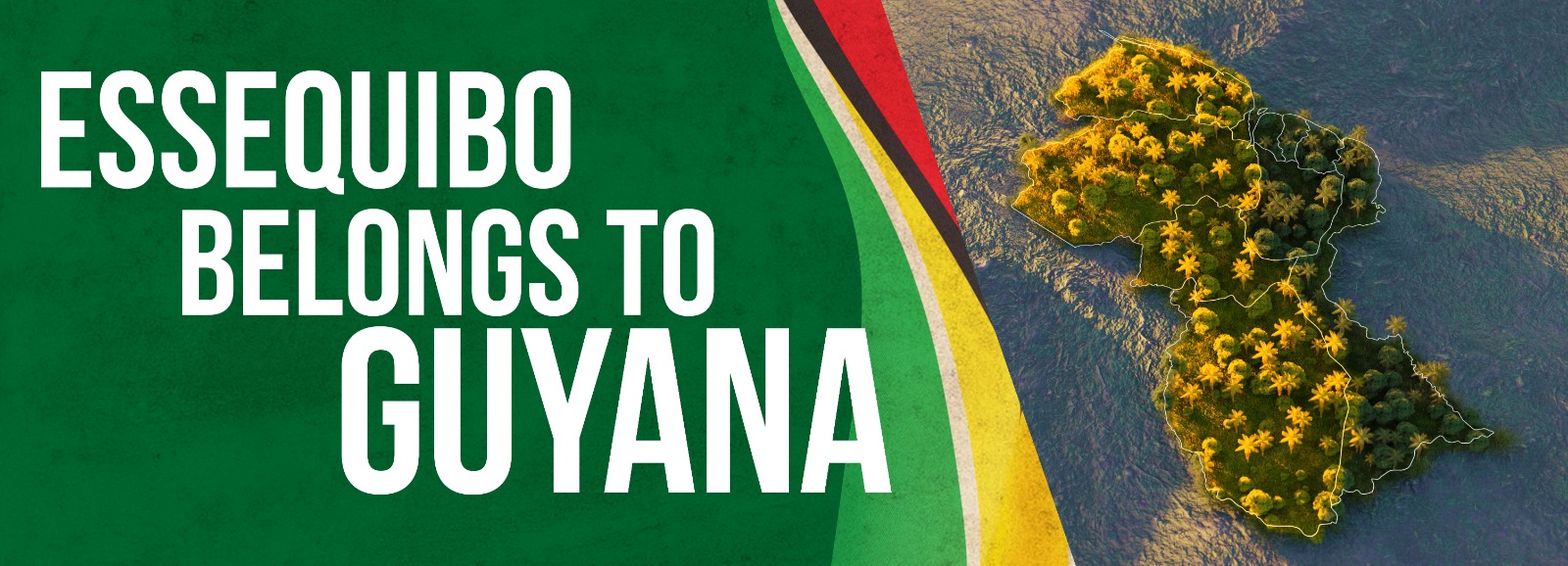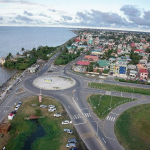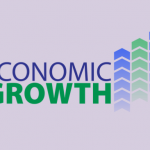
The Inter-American Development Bank (IDB) has indicated that while trade with Guyana has significantly improved, the purchasing power of Guyanese is eroding as the country’s inflation rate continues to climb way above historical levels.
Last September, the inflation rate averaged around 6.2%.
In its report on the post-pandemic recovery in the Caribbean, the IDB said “the annual inflation rate was 2.1 percent in December 2019, remained subdued through 2020 and early 2021, and then reached 6.9 percent in June 2021. The inflation rate averaged 6.6 percent in the second half of 2021 and 6.2 percent through September 2022″.
The financial institution said food prices have seen even higher rates of inflation, averaging 11.2 percent this year through September.
“The implications of this challenging global context driven by high energy prices and disrupted supply chains is that consumer purchasing power has eroded in the face of increasing price levels, contributing to higher poverty levels and inequality,” the IDB explained.
It said a recent study, Arias (2022), estimates that a 20 percent increase in food prices in 23 countries in Latin America and the Caribbean would lead to an increase of 1.6 percent in moderate poverty and 1.8 percent in extreme poverty, increasing the total number of people living in moderate and extreme poverty by 9.8 million and 10.8 million, respectively.
It was noted that in response to the challenges the country faces, the Government initiated a number of relief programmes with funds from the Natural Resource Fund, which had received a total of US$1.45 billion through September 2022.
In an effort to strengthen food security, the Government has promoted the Vision 2025 by 25 policy initiative, which seeks to reduce extra CARICOM food imports by 25 percent by 2025.
“At the micro level, to support productive sectors and vulnerable populations, the government introduced several policies. The excise tax on petroleum was reduced from 20 to 10 percent in January, then reduced further to zero in March. Tariffs on public utility services such as water and electricity have remained fixed, with the government absorbing higher operating costs,” the IDB explained.
Additionally, US$4.8 million was allocated for the purchase and distribution of fertilizer for farmers to reduce operating costs, and US$ 3.8 million was distributed in the form of one-time cash grants for households in the rural interior and riverain communities (US$120 per household).
“The government’s public assistance payments for vulnerable populations were increased from US$57 to US$67 per person per month, benefitting approximately 18,000 people. The payments were later expanded to provide lifelong support for people with permanent disabilities. Finally, the Old Age Pension, which benefits approximately 65,000 senior citizens, saw a series of increases that brought it from a monthly payment of US$98 in 2020 to US$134 in 2022,” the IDB further explained.

















You must be logged in to post a comment Login